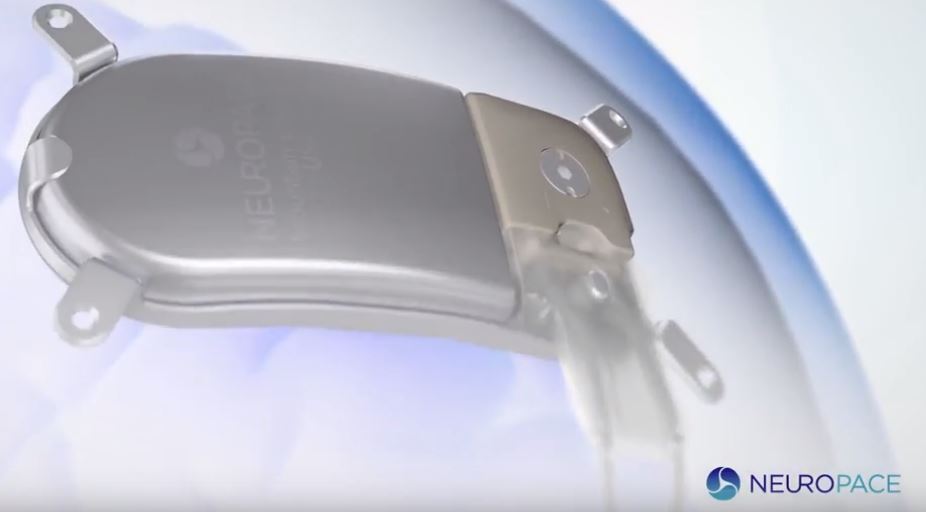NeuroPace brain implant reduces epilepsy seizures in long-term trial

US medical technology company NeuroPace has unveiled new data from its implanted closed-loop neurostimulation system for epilepsy, including new eight-year trial findings showing seizure reductions.
NeuroPace unveiled the data as part of a series of poster presentations at the American Epilepsy Society’s annual meeting in Washington, D.C.
Silicon Valley-based NeuroPace claims its RNS System, a device implanted into a patient's skull, is the world’s first and only closed-loop brain-responsive neurostimulation system for the disease.
The RNS System treats seizures by continuously monitoring brain waves, detecting unusual activity, and automatically responding with imperceptible electrical pulses before seizures occur.
Doctors can program the detection and stimulation parameters of the implanted RNS neurostimulator to personalise therapy for each individual.
The system is an adjunctive therapy for adults with refractory, partial onset seizures with no more than 2 epileptogenic foci.
RNS System Clinical Trials included 256 adult patients from the feasibility trial, pivotal trial, and long-term treatment trial, representing 1,825 implant years and average follow up of 8.1 years.
Key findings from these prospective trials include a median seizure reduction of 73% at year eight, a 90% seizure reduction or better in 30% of patients in the most recent three months, and seizure-free periods lasting a year or more in 18% of patients.
Other data gleaned from studies involving RNS suggest that reducing “spikes” of brain activity between seizures could help improve patients’ verbal memory.
A separate poster showed the drugs clobazam and levetiracetam significantly improved the clinical response already achieved with the RNS System. In contrast, the clinical response was not further improved with lacosamide or pregabalin.
This raises the possibility that certain drugs could act synergistically with neurostimulation, and that potential biomarkers can be used to assess whether a patient may have a favourable clinical response to a new antiepileptic medication.
Another poster showed that machine learning analysis showed interictal (between seizure) spike rate and high gamma brain wave power were the most significant features for differentiating between high and low responders. This could lead to biomarkers that could be used to personalise treatment plans.
NeuroPace has also launched a touchscreen tablet that can be used with the RNS System to display brain scan data.












